TOPICS: IN THE CLASSROOM, BEYOND THE CLASSROOM, IDEAS & INSPIRATION, ROBOTICS, Culture, Technology, Trends, Resources, Coding, Activities, Hands-on Learning, STEAM
Updated 6/17/24
When I was young, there was one day that my dad kept making these weird noises. “Daw, dee dee, daw, daw, daw.” I was very, very confused by these seemingly random sounds he was making, but then he said it was actually a sort of secret language. Talk about catching a kid’s interest! He was explaining Morse code to me and showed me the alphabet as it’s written — dots and dashes.
Morse code was developed by Samuel F. B. Morse. While Morse was a student at Yale in the early 1800s, he had two passions: electricity and art. Eventually, this led to him meeting inventor Charles Thomas Jackson, and they talked about how electricity can travel long distances over wire.
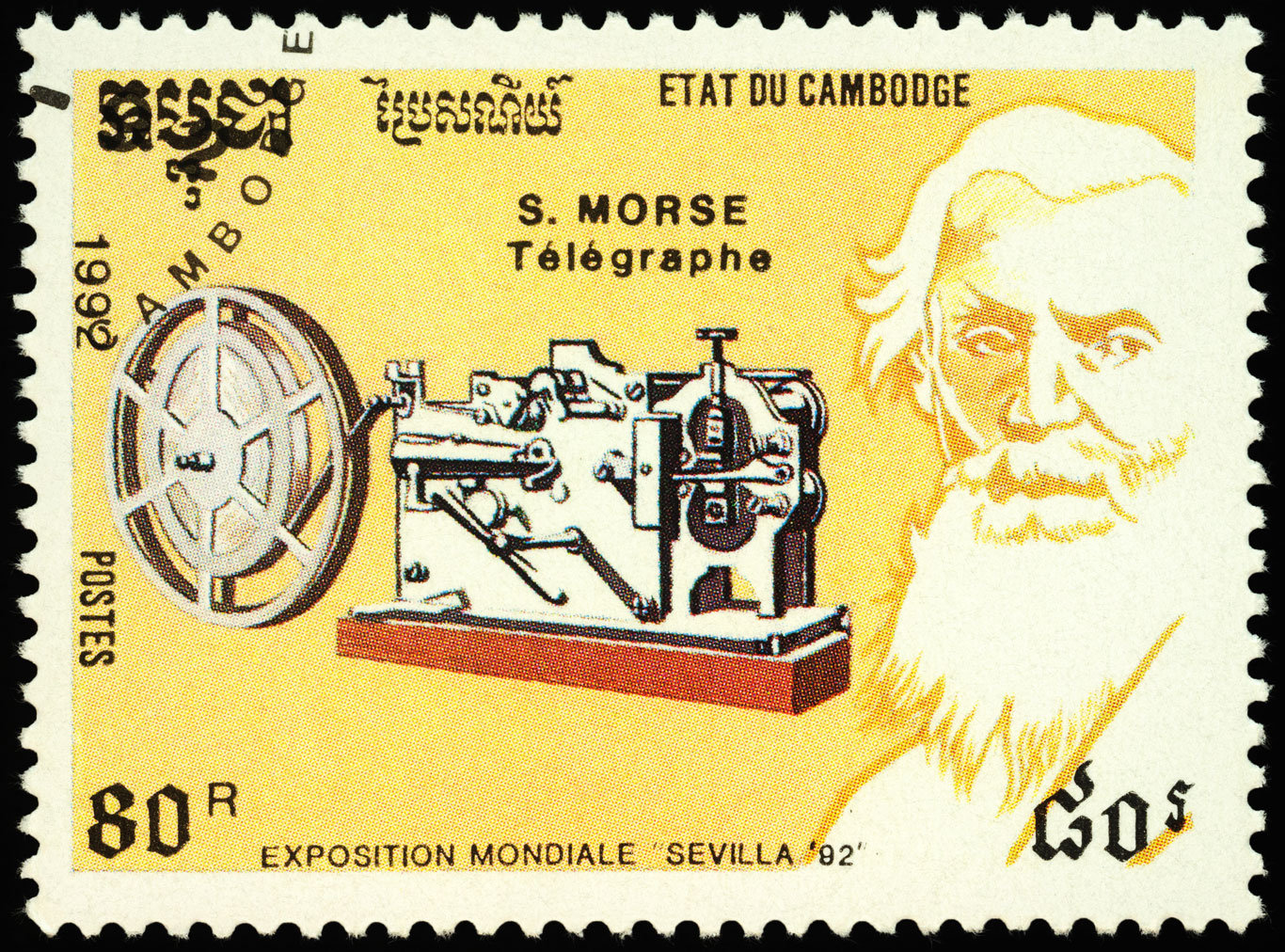
Morse spent time developing the “language,” converting our written language into simple combinations of short and long sounds. Eventually, with the help of a congressional grant, the first transmission of Morse’s code occurred in 1844 when he sent a message 38 miles from Washington, DC, to Baltimore, Maryland, with the now famous message, “What hath God wrought!”
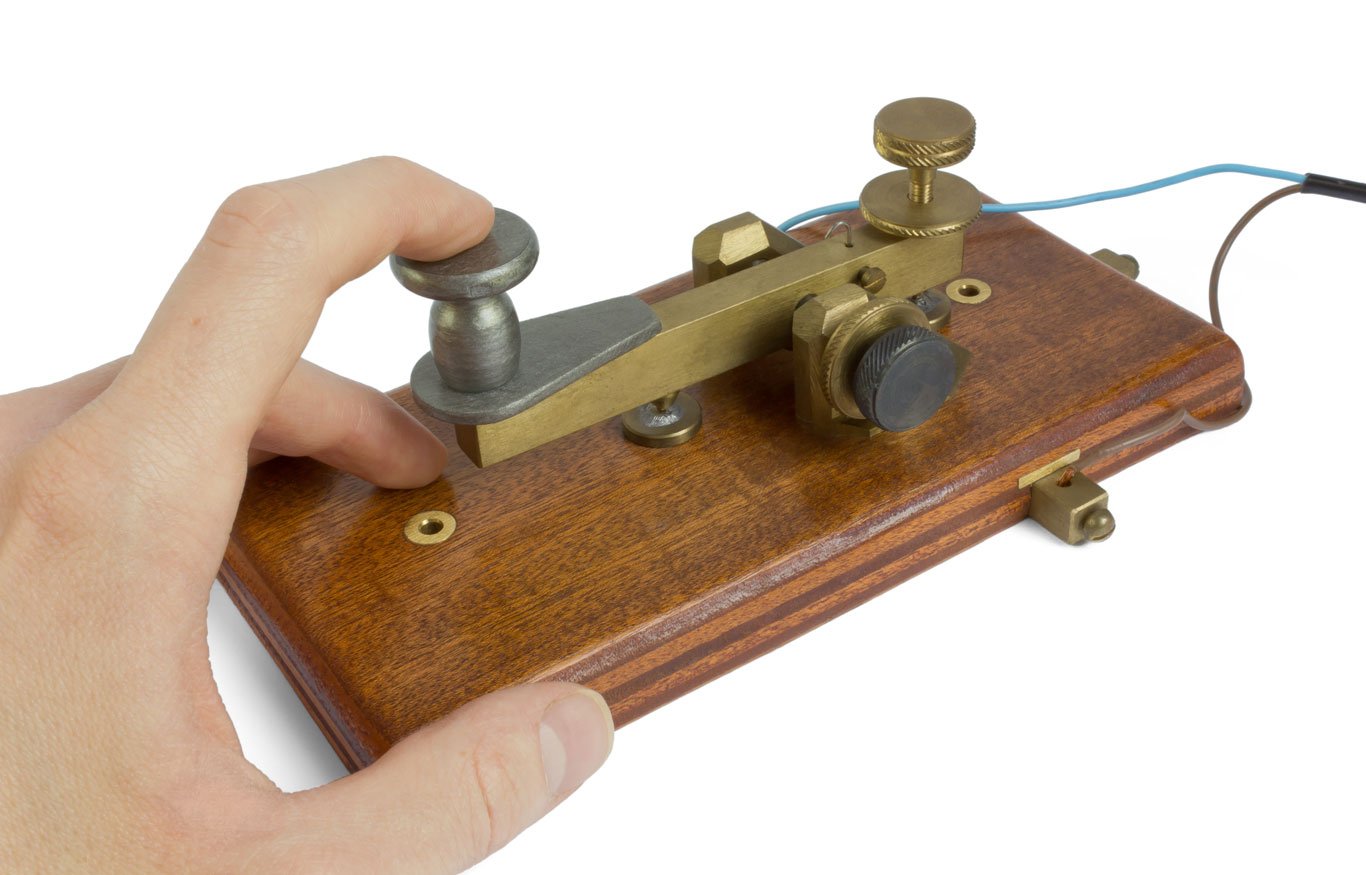
Morse code is pretty simple, and it has a generally three-to-one rule. Short sounds are one unit, and long sounds are three units. So, if you want to use one second as your unit, short sounds are one second, and long sounds are three seconds. You use one unit in between parts of the same letter, and three units as the space between letters in a word. If you are creating a sentence, however, there are seven units between words.
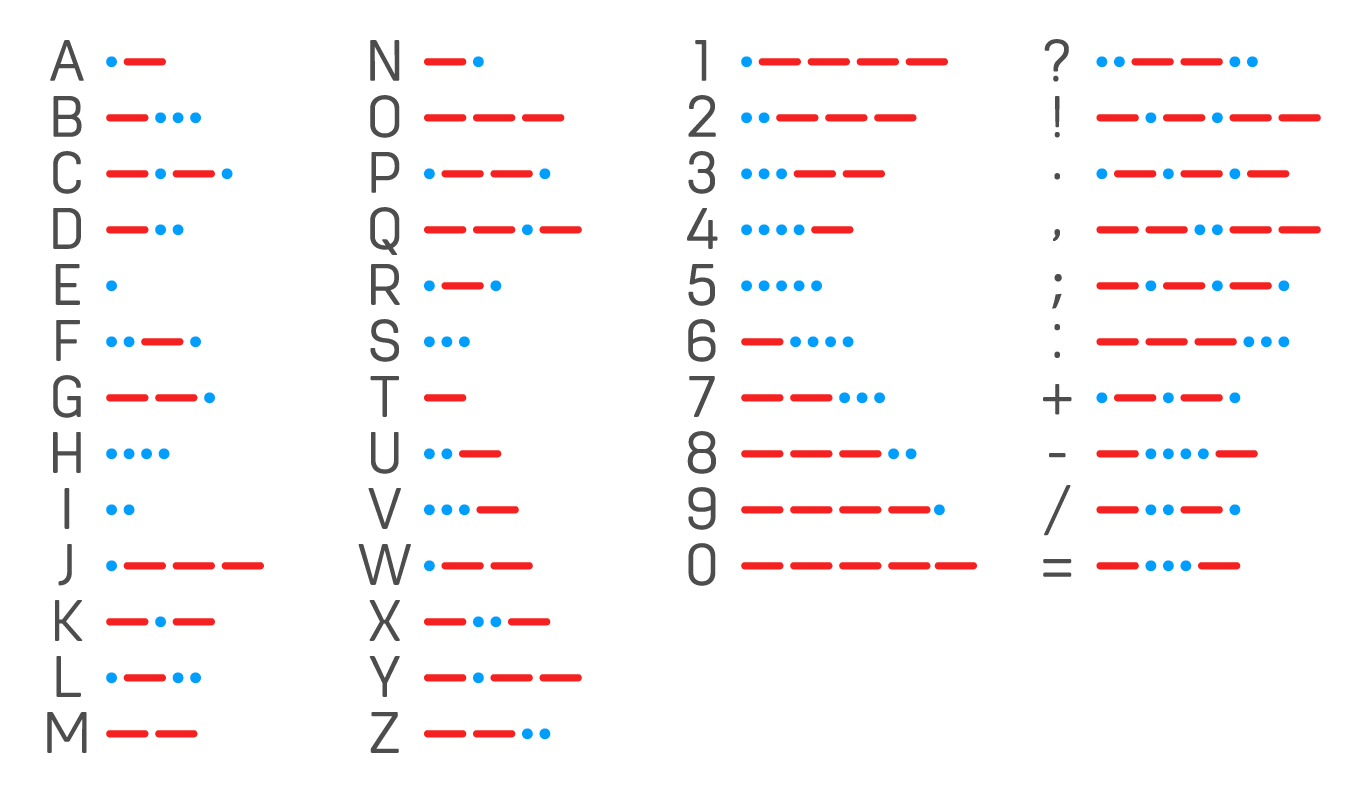
There are lots of different ways to learn Morse code and even communicate it through devices. Microduino MIX Kits , Arduino projects, UBTECH UKITs, and even Code Cube™ can be programmed to emit sounds to communicate using Morse code.

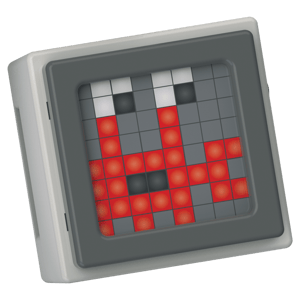 To preprogram your device to use Morse code, you can create tones and pauses by writing your code directly into your program. You can even add a loop if you want to repeat letters or words. If you’re using a kit such as Microduino or Arduino, you can program two sensors to emit both the short and long sounds and try your hand at manually creating letters, words, and sentences.
To preprogram your device to use Morse code, you can create tones and pauses by writing your code directly into your program. You can even add a loop if you want to repeat letters or words. If you’re using a kit such as Microduino or Arduino, you can program two sensors to emit both the short and long sounds and try your hand at manually creating letters, words, and sentences.

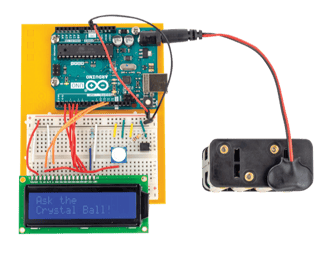
Let’s take it one step further! Morse code doesn’t have to be restricted to only sound, or even technology. You can use flashing lights instead of sounds, practice writing Morse code using dots and dashes, or come up with words like my dad did – dee for short and daw for long.
Try out these Morse code activities:
Can you tap and scratch a surface to pass along a message? Maybe leave a kind note for a friend to translate? What other unique ways are there to transmit Morse code? Let us know in the comments!
MORE RESOURCES:
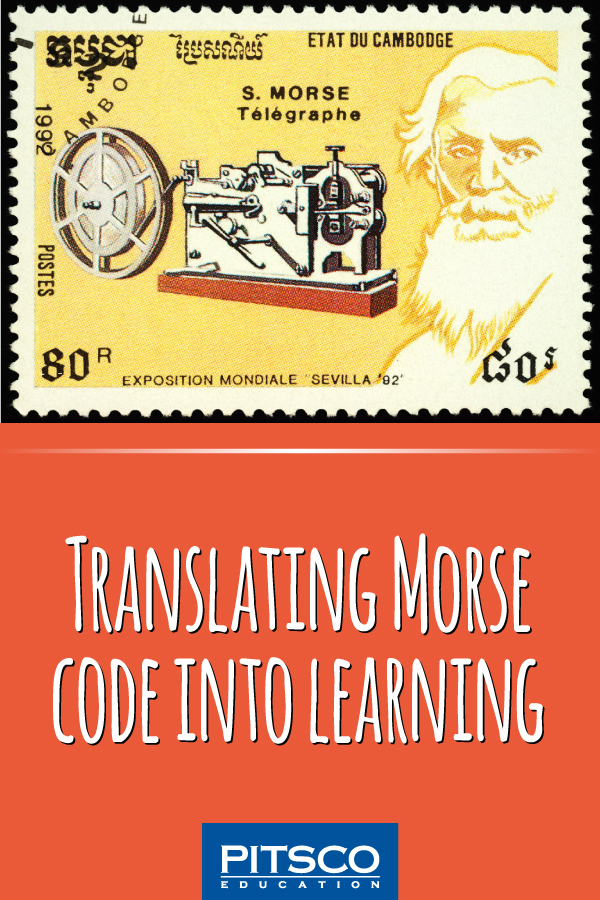
TOPICS: IN THE CLASSROOM, BEYOND THE CLASSROOM, IDEAS & INSPIRATION, ROBOTICS, Culture, Technology, Trends, Resources, Coding, Activities, Hands-on Learning, STEAM

A few of Pitsco’s cool staffers contributed their knowledge and time to this post. We’re proud to have a great group of developers, writers, managers, builders, and creatives who can help bring the Pitsco Blog to life.
GET PROJECT IDEAS, EXCLUSIVE OFFERS, AND MORE!

© 2024 Pitsco Education, LLC. All rights reserved.